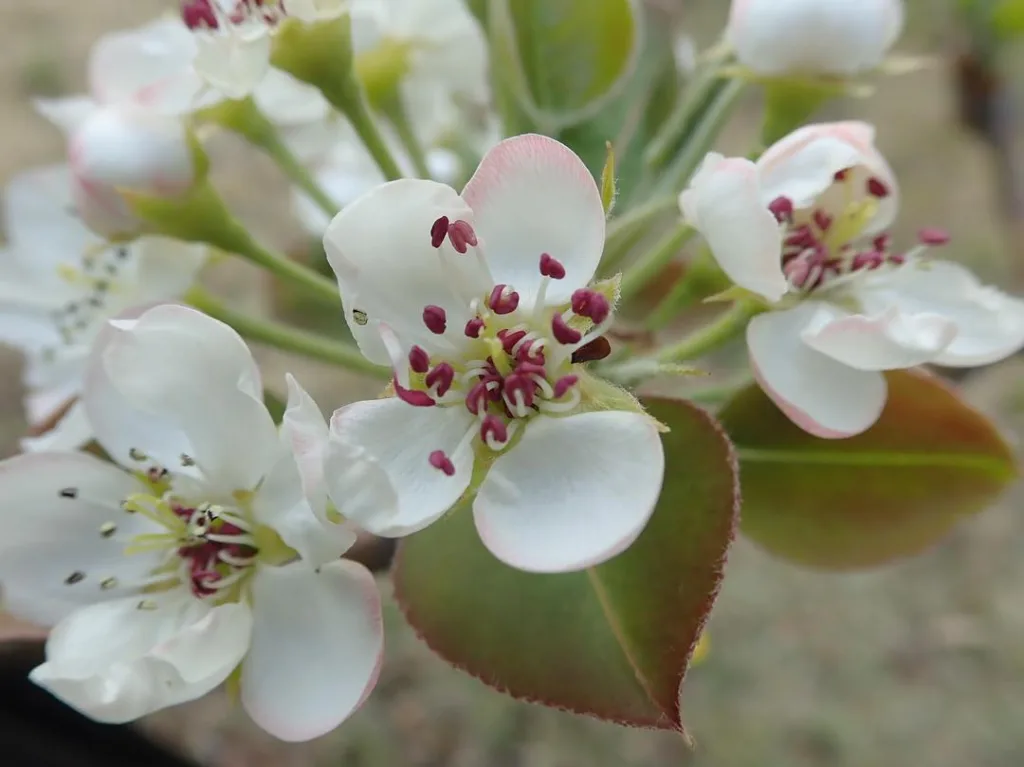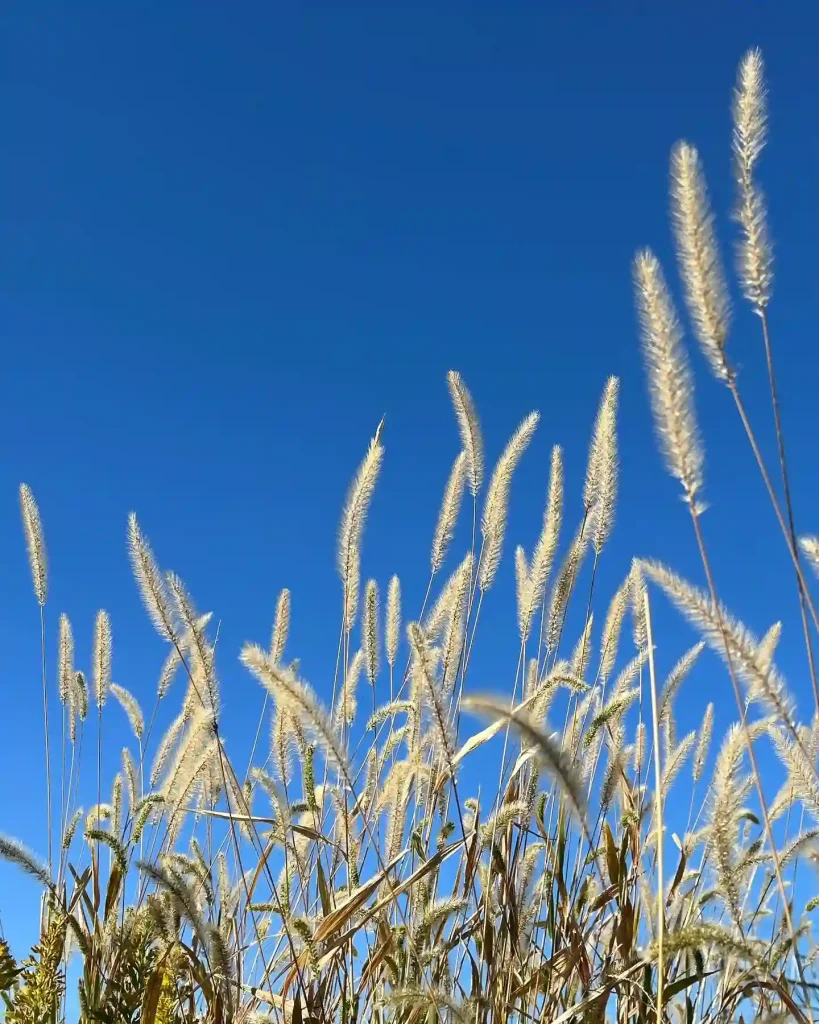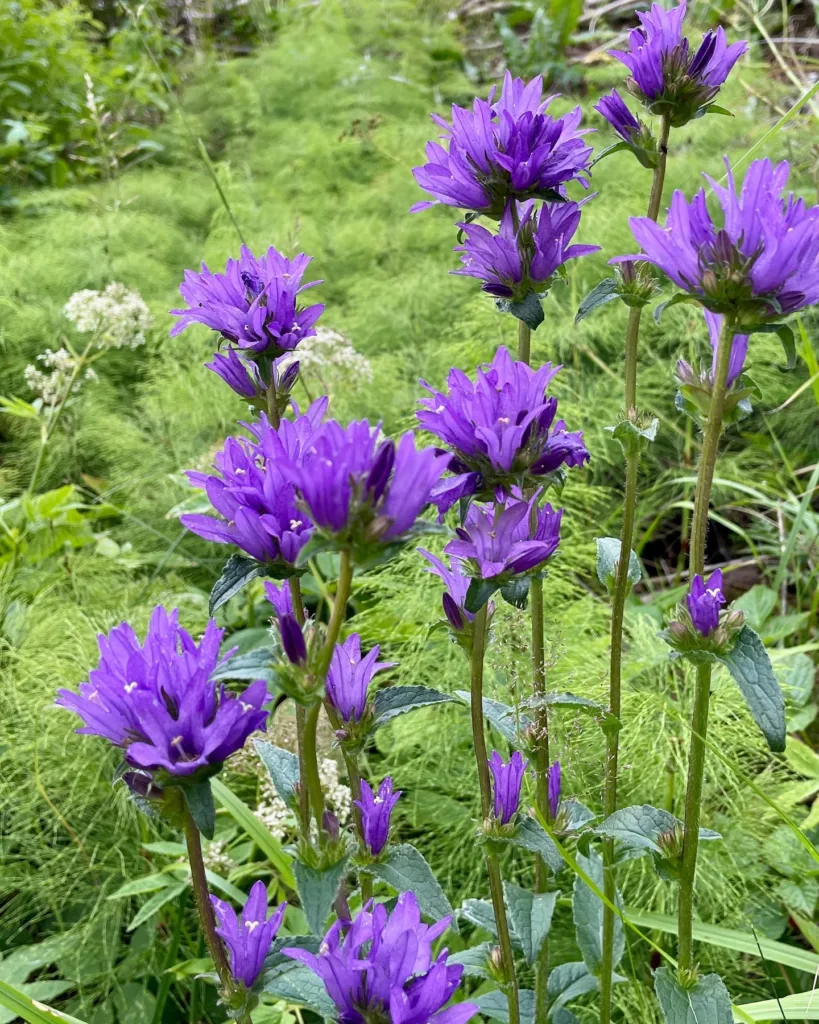Latania: A Love Letter to the Fan Palms of the Mascarenes
My name is Ferb Vu, and I’m a bit obsessed with palms. There’s something about their graceful silhouettes against a tropical sky, the way their fronds rustle in the wind, that just speaks to my soul. But among the many palm genera out there, one holds a special place in my heart: Latania.
These aren’t your average palms. Native to the Mascarene Islands in the Indian Ocean, Latania palms are known for their large, fan-shaped leaves, sturdy trunks, and striking presence. They’re a symbol of the unique biodiversity of these islands, a reminder of the incredible natural wonders that our planet holds.
Why Latania?
What is it about Latania that draws me in? Well, for starters, they’re just plain beautiful. Their leaves, or fronds, can grow up to 10 feet wide, creating a dramatic canopy of green, blue, or even red, depending on the species. The trunks are thick and sturdy, often marked with scars from fallen leaves, giving them a sense of age and resilience.
But it’s more than just looks. Latania palms have a fascinating history, deeply intertwined with the human story of the Mascarenes. They were used by early settlers for food, medicine, and building materials, and they continue to play an important role in the culture and ecology of the islands.
And then there’s the conservation angle. All three species of Latania are considered endangered, threatened by habitat loss and invasive species. Knowing this makes me appreciate them even more, and it fuels my desire to learn everything I can about them.
The Three Musketeers of Latania
The genus Latania consists of three distinct species, each with its own unique charm:
- Latania loddigesii: Endemic to Mauritius, this palm is known for its blue-gray leaves and its distinctive “loddigesii” pattern on the seeds.
- Latania lontaroides: Found only on Réunion Island, this species has reddish-purple leaves and a more compact growth habit.
- Latania verschaffeltii: This palm, native to Rodrigues Island, is characterized by its yellow-green leaves and its tall, slender trunk.
Each of these species is a testament to the power of evolution, adapting to the specific conditions of its island home. They’re a living reminder of the incredible diversity of life on Earth, and the importance of protecting it.
A Deeper Dive into Latania’s World
As I delved deeper into the world of Latania, I discovered a wealth of fascinating details. Did you know that Latania palms are dioecious, meaning they have separate male and female plants? This makes their reproduction process even more intriguing.
I also learned about the unique way their leaves unfold, creating a mesmerizing spiral pattern. And the fruits, containing 1-3 seeds, are a vital food source for various animals, including the endemic Mauritius fruit bat.
The more I learn, the more I realize how much there is still to discover about these incredible palms. They’re like living puzzles, each species holding its own secrets, waiting to be unlocked.
My Personal Connection to Latania
My fascination with Latania goes beyond mere academic interest. It’s a personal connection, a feeling of kinship with these ancient plants. When I look at a Latania palm, I see a symbol of strength, resilience, and beauty.
I see a reflection of my own journey, my own efforts to adapt and thrive in a changing world. And I feel a sense of responsibility to help protect these magnificent plants, to ensure that they continue to grace our planet for generations to come.
A Call to Action
I believe that everyone should know about Latania palms. They’re not just beautiful plants; they’re an important part of our natural heritage. By learning about them, appreciating them, and supporting conservation efforts, we can all help to ensure their survival.
So next time you see a palm tree, take a moment to appreciate its beauty. And if you’re lucky enough to encounter a Latania, take a closer look. You might just find yourself falling in love, just like I did.




